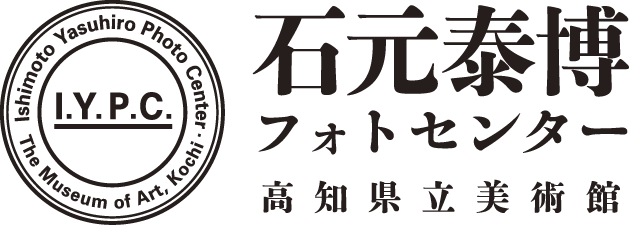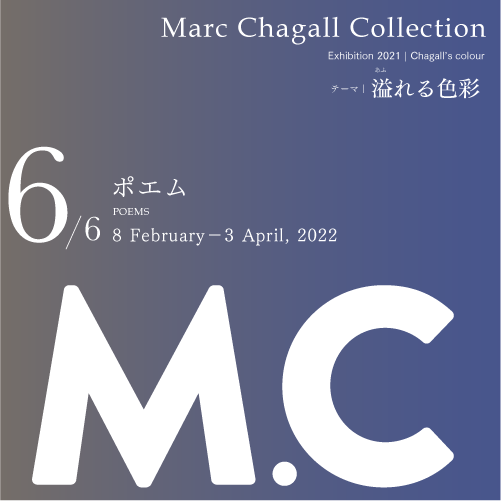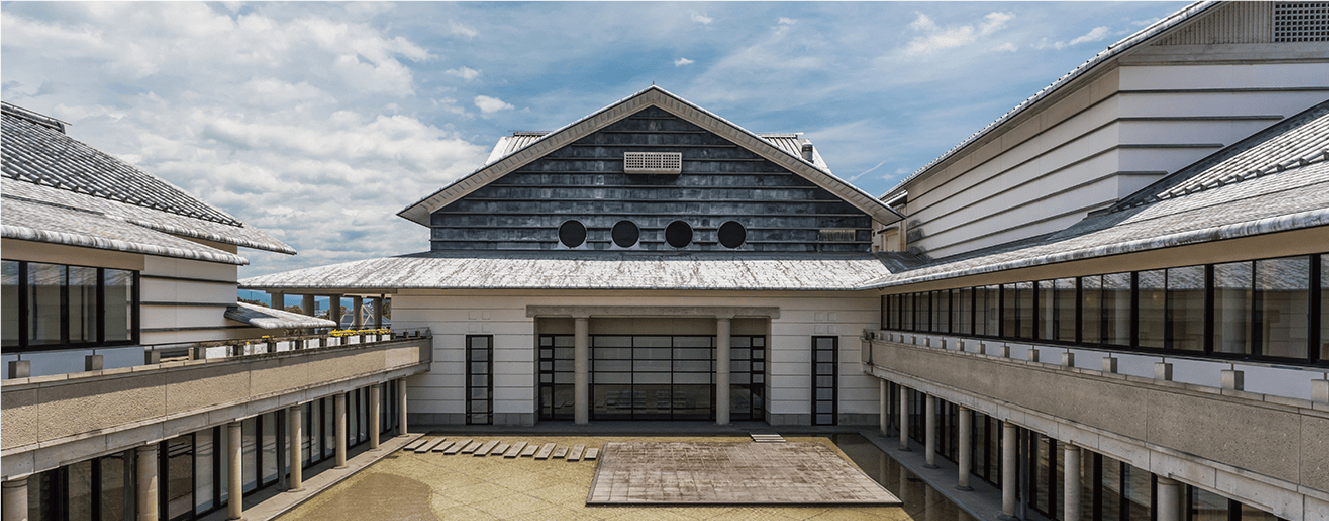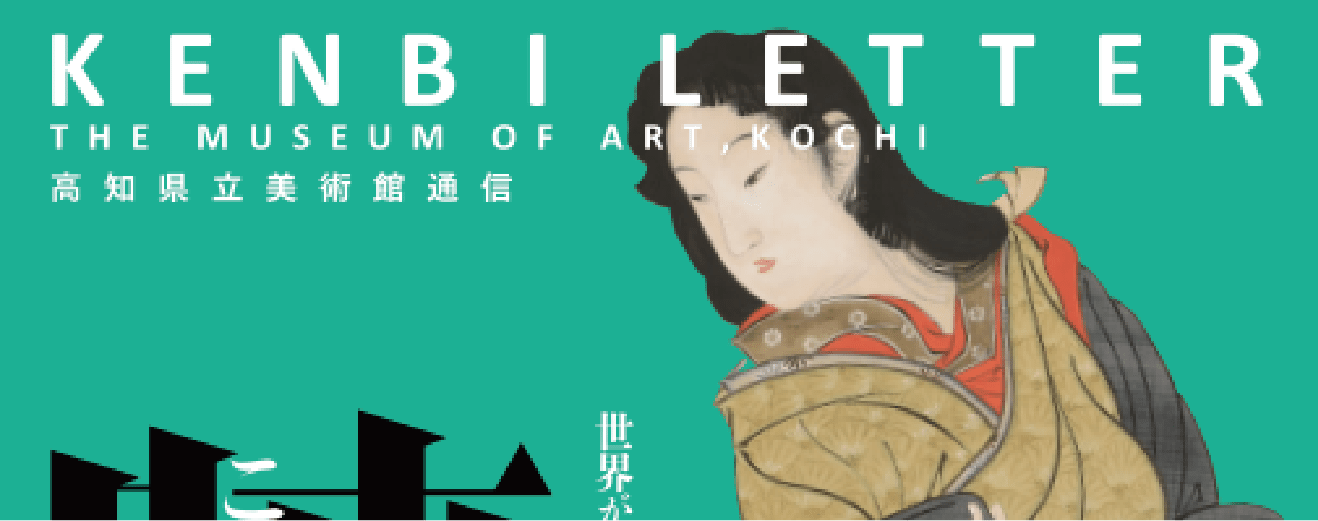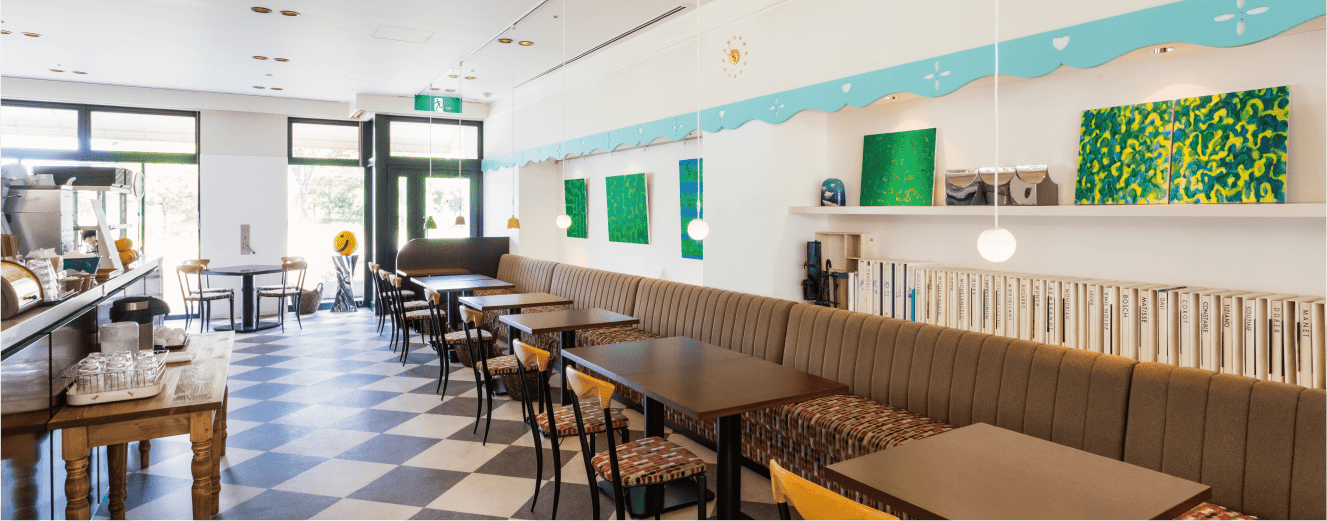collection, others
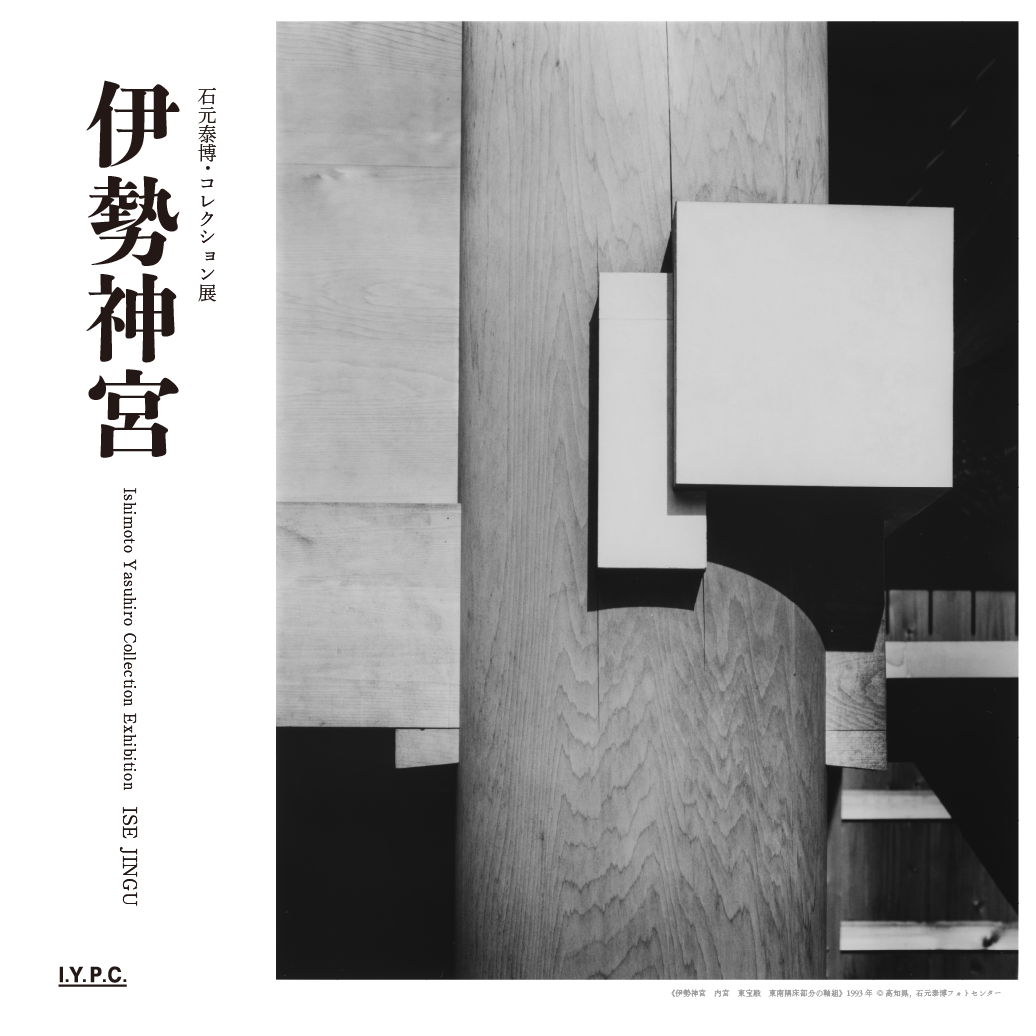
PAST
ISE JINGU Ishimoto Yasuhiro Collection Exhibition
Sun. 23 Jun. 2024 - Sun. 27 Oct. 2024
Part 1: June 23 ‒ August 26
Part 2: August 28 ‒ October 27
Closed: July 1 - 5, August 27, September 23 - 26, October 4 - 11
Open hour: 9:00-17:00 (Last admission at 16:30)
Venue: Ishimoto Yasuhiro Exhibition Room, The Museum of Art, Kochi
Admission Fee: Adults 370 JPY, University Students 260 JPY, Free admission for high school students and below
Ishimoto Yasuhiro is reputed as a photographer who incorporated Western modern taste into Japanese traditional architecture in his series of photos of the Katsura Imperial Villa. For Ishimoto, Ise Jingu (shrine) as an architectural object that connects the Japanese classical style to the present, was a subject that he had wanted to photograph ever since his return to Japan in 1953. His wish finally came true in 1989, when he first began to take pictures in the area around the shrine. At the occasion of the 61st "Shikinen Sengu"* in 1993, he obtained permission to photograph in the inner and outer shrine (Naiku/Kotaijingu and Geku/Toyo'uke-daijingu respectively). The beauty and presence of the freshly rebuilt halls left an inexplicably strong impression on Ishimoto, who scrupulously captured their appearance with a large-format camera and film. Given the limited time frame, the sessions were a constant fight against the clock and the weather, and some of those involved remember how Ishimoto “looked like a demon” as he continued shooting while always at the mercy of the gradually changing light conditions.
The results, together with essays by the architect Isozaki Arata and the architectural historian Inagaki Eizo, were eventually published in 1995 by Iwanami Shoten in the photobook Ise Jingu. Temporally divided into two parts, this exhibition presents a total of ca. 60 original prints of works selected from those in the book, along with related materials.
According to Ishimoto, the beauty of the Katsura Imperial Villa lies in its time-honored appearance, while Ise Jingu retains a rather unique kind of beauty as it continues to be renewed once every twenty years. The former’s character, carved by the passage of time, and the handsome architecture dominated by straight lines, Ishimoto described as masculine, while in Ise Jingu with its round columns, elegantly curved roof, and the overall beauty and smoothness right after the shrine’s reconstruction, he sensed feminine qualities. In addition, it seemed to Ishimoto as if the time at Ise Jingu was progressing in a spiral fashion, according to the Sengu tradition and the resulting cycle of aging and rebirth. His unique perspective on aging, which he interpreted as a continuous transformation process, is also reflected in Ishimoto’s later “Utsuroi” series of photographs of things like surfaces of rivers or clouds floating in the sky.
Shikinen Sengu refers to the tradition of rebuilding and relocating a shrine in a certain year according to plan, whereas all commodities that are included as offerings to the gods, are renewed at the same time.
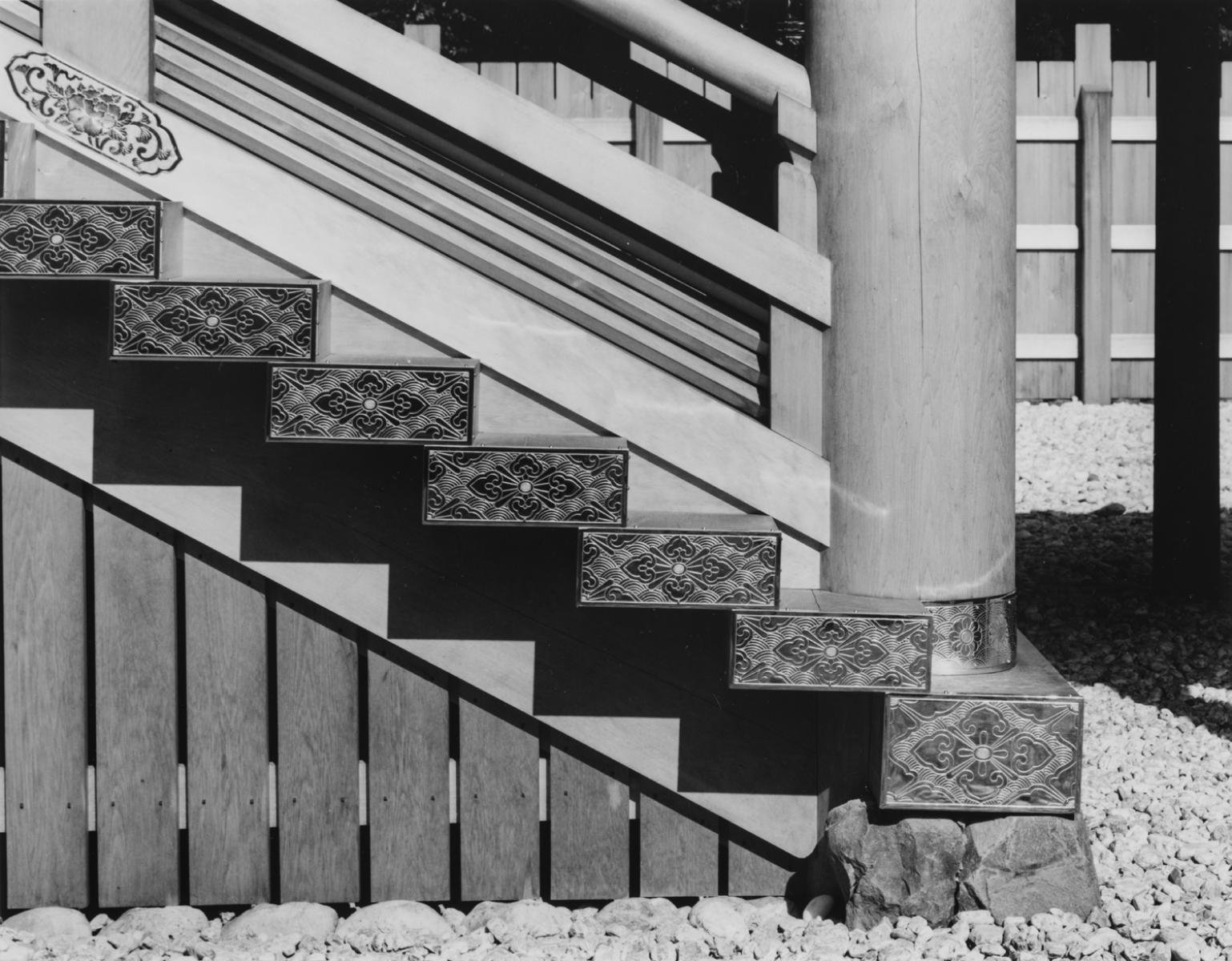
Ishimoto Yasuhiro Ise Jingu, Naiku, Shoden: Metal decorations on the west side of the wooden stairs. 1993
© Kochi Prefecture, Ishimoto Yasuhiro Photo Center
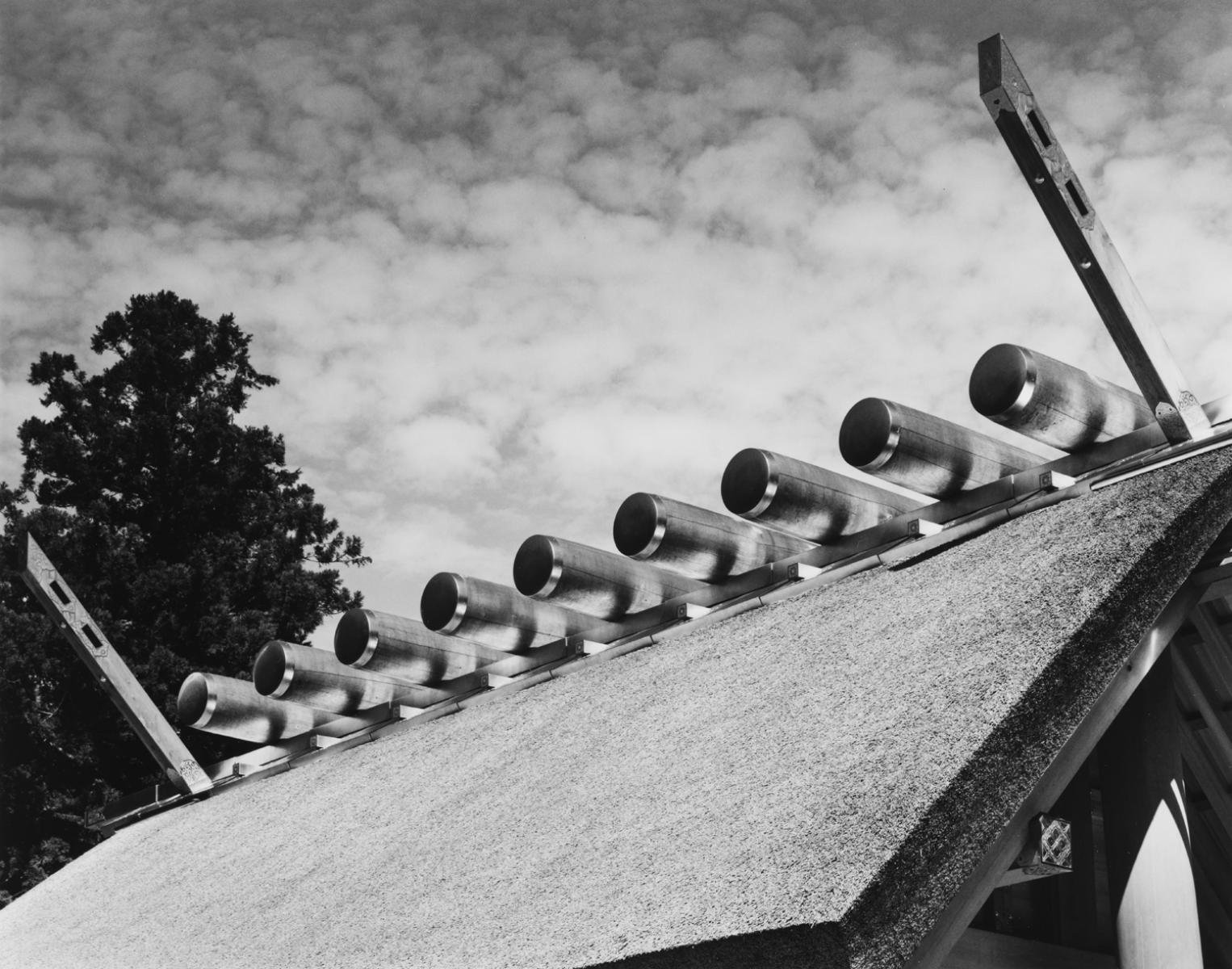
Ishimoto Yasuhiro Ise Jingu, Geku, Shoden: Wooden billets placed on the roof ridge. 1993
© Kochi Prefecture, Ishimoto Yasuhiro Photo Center

